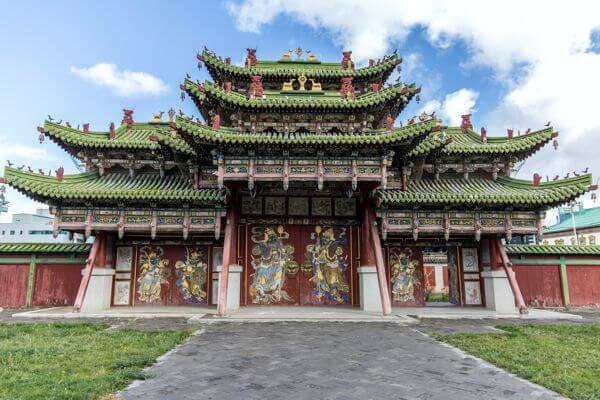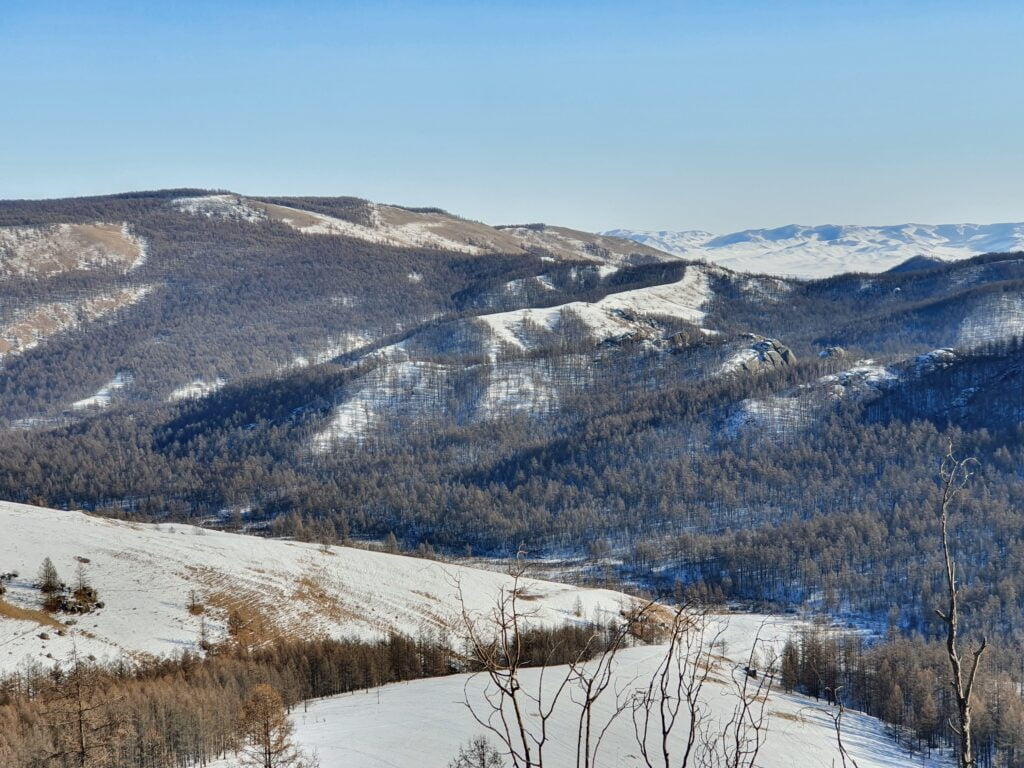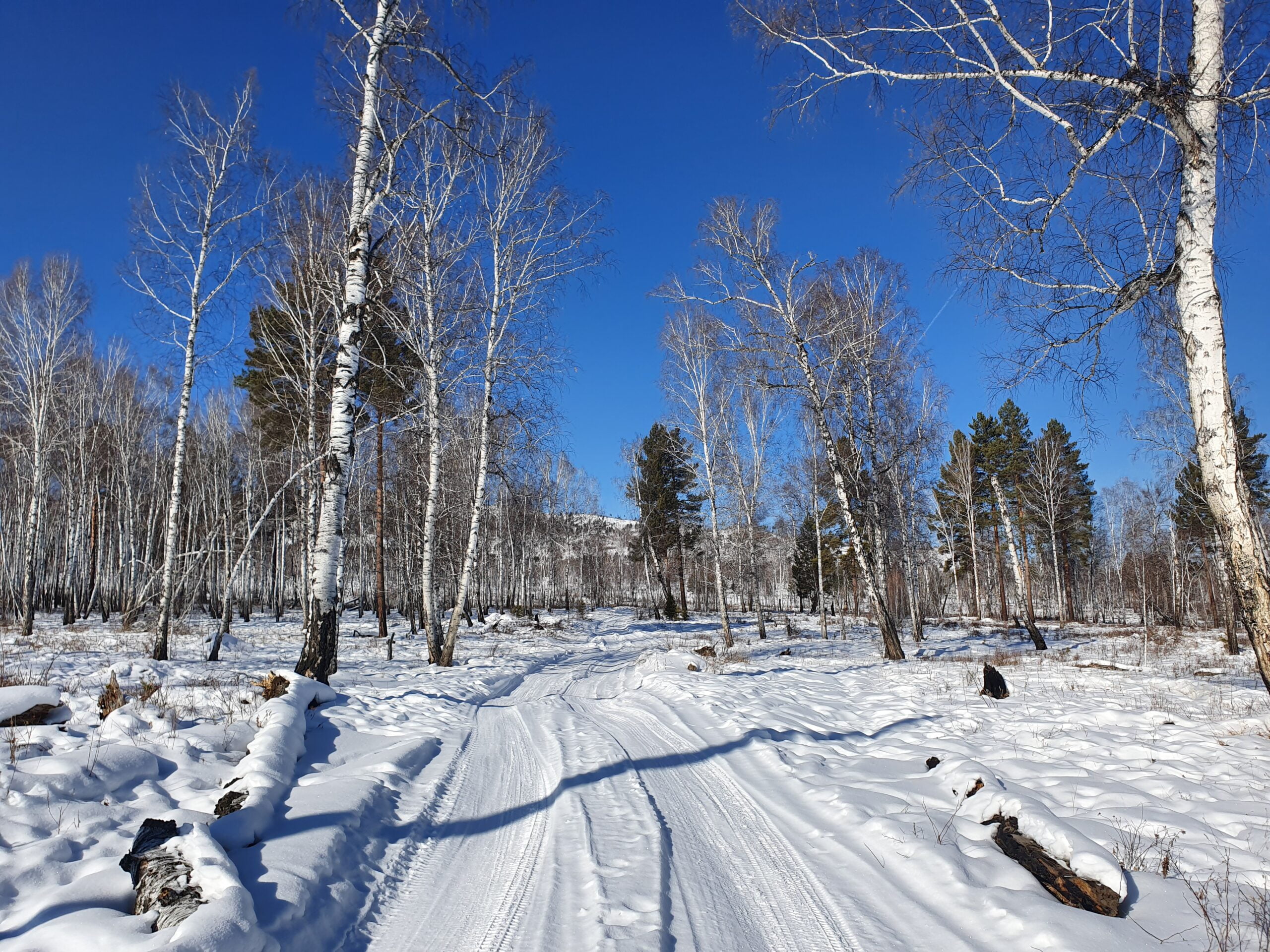Lunar new year
tsagaan sar
Winter in Mongolia is remarkable experience for those who is willing to take themselves out of comfort zone. Pack your thermals and come to Mongolia in winter and do something out of ordinary. Enjoy being a part of few people who come and experience Mongolia during this special local festival time.
Tsagaan Sar is one of the most important holidays and celebrated within immediate and extended family members. Tsagaan Sar is marking first day of spring according to Lunar Calendar, celebrating the end of hard winter. The dates are different every year somewhere from late January to beginning March. The celebration continues for several days as Mongolian families tend to be large allowing them to visit in each other’s home in turn.
However most important days are Bituun-Black Moon (the day before Tsagaan sar) and first day of Tsagaan Sar.
On the Bituun day people thoroughly clean their home, herders tend to livestock, clean barns and shades to meet Tsagaan Sar clean and fresh. The Bituun ceremony also includes lightening candles to symbolize enlightment of the samsara and putting three pieces of ice at the doorway so that the horse of the Paldan Lama would drink as the deity is believed to visit every household this day after dark.
In the evening usually immediate families gather together eat buuz, khuushuur, other traditional meals, dairy products and play traditional games and tell stories. On this day people settle all issues, repay all debts from last year.
On the day of Tsagaan Sar the ceremony starts greeting the eldest. It is called Zolgoh, greeting in which grasping them by their elbows to show support and respect for them. Younger people greet elders holding long blue silk cloth called Khadag. After greeting ceremony family share meals, steamed rice with raisin, dairy products, buuz, salad etc.
It is also time to drink Airag-fermented mare milk kept aside from last summer and exchange gifts.
People are dressed in their full Mongolian dress “Deel”, traditionally embroidered and decorated boots, belt, head. It is spectacular, colorful and beautiful to see from eldest to babies dressed traditionally.
Preparing Tsagaan Sar meals and eating is inseparable part of the festival.
An impressive pyramid of traditional cookies with layers erected on large dish together with other dairy products, candies, nuts is the central part of feast table.
On another large dish grilled or boiled middle and rear sheep part attached with tail. People like to eat it with pickled cucumber and different types of cold salads such potato, cabbage, carrot salad.
Traditional Tsagaan Sar food includes as well many different dairy products, rice with curds, steamed sweetened rice with raisins.
Buuz is steamed dumpling filled with minced beef, mutton, and sometimes horse meat in hand-pinched flour dough.
Tsagaan Sar is lavish big feast requiring days of preparation in advance. Families, gather together men, women, children all and make large quantities, few thousands of buuz along with Ul Boov, a pastry for both to eat and present on festival table.
Key drinks are Suutei zai” – milk tea, Airag – fermented mare milk, distilled vodka from cow milk and other strong alcohols are served as well.
People love preparing Tsagaan Sar feast. It is perfect occasion to see one’s family over long hours of making buuz, exchange family news and gossip.
Tsagaan Sar brings comforting holiday spirit, feels like burst of warm across frozen and glittering country.
Travelers on this tour will be given opportunity to purchase traditional clothes and boots. The temperature in February can be below freezing and travelers will need to bring heavy winter jackets, gloves and hats to keep warm, dressing in layers is highly recommended.
Tsagaan Sar or Lunar Festival Tour
(8 days tour)
Detailed description

Arrival Ulaanbaatar
Arrive at any time. Depending on your arrival time city tour can be organized. Check out notice in your hotel lobby or ask at reception for time and place to meet up group for welcome meeting. Your guide will go through your itinerary and answer your questions. Afterward we will enjoy first taste of Mongolia in one of famous restaurant of Ulaanbaatar.
Ulaanbaatar is fast-growing modern city with more than 1.3 million habitants. City sightseeing includes Bogd Khan’s Winter & Summer Palace, a series of beautiful traditional buildings in which the eighth Living Buddha and the last king lived. It is now a museum displaying fascinating artefacts and costumes associated with the last king as well as his collection of stuffed animals.
We will stop at the Gandantegchinlen Monastery. It is the largest and most important monastery of Mongolia. We will scroll through the different monasteries and see the magnificent statue of Migjid Janraisig, an 82-food high statue gilded in gold and covered with silk cloths.
We will finish city tour with Zaisan hill to have a view of whole Ulaanbaatar. The city sightseeing tour takes about 4 – 5 hours.
(Hotel B)


Karakorum
Today we will set of for a driving day to Karakorum (also called Kharhorin).
Karakorum is the site of the 13th century capital of the Mongolian Empire created by Chinggis Khan. The founding of Karakorum started on the ruins of Turug and Uigur cities in the Orkhon valley at the eastern end of the Khangai Mountains in 1220 by the Chinggis Khaan’s order. It was completed 15 years later during the Ugedei Khaan’s reign. The town was a very cosmopolitan and religiously tolerant place.
The silver tree, part of Möngke Khan’s palace has become the symbol of Karakorum.
The highest peak of its prosperity was from 1220 to 1260. The specific feature of this stage is that Karakorum existed as the great capital of the Euro-Asian Empire with Mongolia as its core and as the centre of politics, economy, culture, religion, intellect, and diplomacy and the prominent tie of international relations.
Between 1260 and 1380 Karakorum lost the status of the Great Mongolian Empire and became the capital of Mongolia. When Kublai Khan claimed the throne of the Mongol Empire in 1260, as did his younger brother, Ariq Boke, he relocated his capital to today’s Beijing. Karakorum was reduced to the administrative centre of a provincial backwater of the Yuan Dynasty.
In 1368, the rule of Mongolian Yuan Dynasty collapsed and the centre of Mongolian government was shifted to its homeland after 110 years since Khubilai Khaan moved the Empire capital to China in 1260. It gave Karakorum a chance to prosper again.
In 1388, Ming troops under General Xu Da took and destroyed the town.Today nothing is left from this legendary city.
In 1580, when Abtai Sain Khan together with his brother, lord Tumenkhen, visited the 3rd Dalai Lama and expressed their wish to build a temple in Mongolia, he advised them to reconstruct one old temple in Karakorum. The temple in Takhai ruins that was restored in 1588 according to the Dalai Lama’s recommendation is the Main Zuu temple of Erdene Zuu monastery.
Now Erdene Zuu Monastery is all that remains of what once was a huge monastery of 100 temples and about 1.000 lamas residing there. We will explore the grounds of Erdene Zuu Monastery surrounded by its massive 400 m X 400 m walls. We will be guided around the 3 remaining temples: Dalai Lama, Zuu of Buddha and Lavrin Temple.
Another place we will visit will be Kharkhorin’s New Archaeological Museum. It is a small museum but housed in a modern well-run building with good lighting and display cases with clear English labels. The exhibits include dozens of artefacts dating from the 13th and 14th centuries which were recovered from the immediate area, plus others that were found from archaeological sites in other parts of the provinces, including prehistoric stone tools. You’ll see pottery, bronzes, coins, religious statues and stone inscriptions. There’s also a half-excavated kiln sunk into the museum floor. Perhaps most interesting is the scale model of ancient Karakorum, which aims to represent the city as it may have looked in the 1250s, and is based on descriptions written by the French missionary William of Rubruck. Another chamber exhibits a most recent addition, a Turkic noble tomb with wall paintings and artifacts, including gold items and jewelry. There is a short video of actual burial site.
We will also see the Turtle Rock and the Phallic Rock, visit little market behind walls exposing local arts by locals.
(Hotel B, L, D)






Tovkhon monastery and Orkhon valley
First stop will be at Tovkhon Monastery, established during the 1650’s by Zanabazar, one of Mongolia’s most respected religious leaders. The monastery’s wooden buildings are integrated with a natural system of caves perched near a hilltop, from which you have beautiful views of the Orkhon Valley and the surrounding pine forests. On the top of the cliff, a pile of stones to worship a god of this mountain forms a hill. It is called Ovoo.
The valley is registered as world cultural heritage by UNESCO due to its ancient findings, artefacts related to early 6th century and even before that. As well as, 12th to 13th century great Mongol empire had expanded its capital Karakorum here. Moreover, pasture nomadic lifestyle still remains here and it keeps both historic and nomadic view of life.
In the Quaternary era a volcano erupted near the beginning of the Tsagaan Azarga or White Stallion River and the lava flowed down the Orkhon valley forming the 10-meter-thick layer of basaltic rocks. The basaltic layer was crosscut by the Orkhon River continuously and the canyon was formed as a result.
At the beginning of this canyon lays the 20 meters high, 10-meter-wide waterfall. In the evening we will arrive at our host family.
(Family stay B, L, D)



Bituun
Today we will spend full day with our host family. Perfect time to observe, learn and experience lifestyle of nomad family and assist them in their daily life and get properly prepared for festival.
In the evening play with family members Mongolian traditional games (knuckle bone snacking, flicking over lavish dinner. Bituun means both “full” and “dark” in Mongolian. It is considered the darkest night of the year as well time to get full. Becoming extra full on Bituun means that your life will be full of good things in coming year. Bon Appétit.
(Family stay B, L, D)


Tsagaan Sar
Wake up before dawn and join family in one of important custom –greeting. To watch the first sunrise of the new year from nearest hilltop. Start your first spring day walking to right direction. When you tell which year you are born, family will consult lunar calendar and tell you into which direction your first steps will be made. It is believed if you take your first step into right direction, your life will be full good things in coming year as well.
At sunrise the Zolgoh-the greeting ceremony will start. Greeting ceremony starts with eldest in the family. Respect and acknowledgement from juniors to seniors and generosity and blessing from seniors to juniors. More eating is necessary today.
There is no better way to experience this most traditional and most important Mongolian festival. It is lovely to see families and communities come together in their pride for their culture and holiday.
(Family stay B, L, D)


Elsen Tasarkhai – Khogno Khaan mountains – Khustai National Park
After breakfast we will say goodbye to our lovely host family and head into another adventure.
Khogno Khan Mountains is an impressive massif in the open steppes. The mountains have more hidden valleys Not far from here runs the Tasarkhai Els, a 100 km long sand dune. End the afternoon we will hike in the region of Khogno Khan Mountains, walk up the mountain and enjoy the incredible view over the plains, the sand dune and grasslands now in winter covered by snow most of time. We will also visit the nice little Uvgun Monastery. There is an optional camel ride trek along sand dune. In the evening we will reach Khustai National park.
(Family stay B, L, D)


Khustain Nuruu – Ulaanbaatar
After breakfast we will visit Khustai Nuruu National Park and be introduced to the project. We will explore the beauties of the park and its wild animals in depth by jeep and foot. Przewalski’s Horse (Equus ferus przewalskii, also known as the Takhi horses) is a rare and endangered subspecies of wild horse native to the steppes of central Asia. The Takhi became extinct in the middle of the 20th century. They then could only be found in the zoos. Special breeding programs increased their numbers. At one time extinct in the wild, it has been reintroduced to its native habitat in Mongolia at the Khustain Nuruu National Park, Takhiin Tal Nature Reserve and Khomiin Tal. Hustai or Khustain Nuruu National Park was declared reserve status (category III) for over 50,000 hectares of the Hustain Nuruu area in 1993 but after significant scientific field researches into the area it was upgraded to a national park in 1998. Hustai Nuruu National Park is located about 100 km southwest from Ulaanbaatar. It protects today Mongolian’s Takhi wild horses. Today there are around 350 Takhi horses in Khustai.
The park is home to 459 species of vascular plants, 85 species of lichens, 90 species of moss and 33 species of mushrooms. 44 species of mammals have been recorded, including Red deer, Mongolian gazelle, Roe deer, Wild boar, Wild sheep, Ibex, Mongolian marmots, Grey wolves, Lynx, Pallas’ cat, Red fox, Corsac fox and Eurasian badger. The 217 species of birds include Golden eagle, Lammergeier, Great bustard, Whooper swan, Black stork, Daurian partridge and Little owl. There are 16 species of fish, 2 species of amphibians, and 385 species of insects (including 21 species of ants, 55 species of butterflies, 10 species of bush crickets and 29 species of grasshoppers).
Late afternoon we will drive back to Ulaanbaatar and in the evening share memories of our trip over final farewell dinner at one of the city’s best restaurant.
(Ger camp B, L, D)



Departure
You may depart any time.
Or extent your winter adventure to nearby national parks such as Gorkhi Terelj National Park and Manzshir monastery.
(B)

INCLUDED
- Land transportation
- 3 nights hotel stay
- 3 nights family stay
- 1 night Ger camp stay
- Meals 8B, 7L, 7D
- Tour guide
- National park, museum, monastery entrance fee
- City Tour
NOT INCLUDED
-
Medical, trip insurance and
evacuation costs - Alcoholic and soft drinks





















